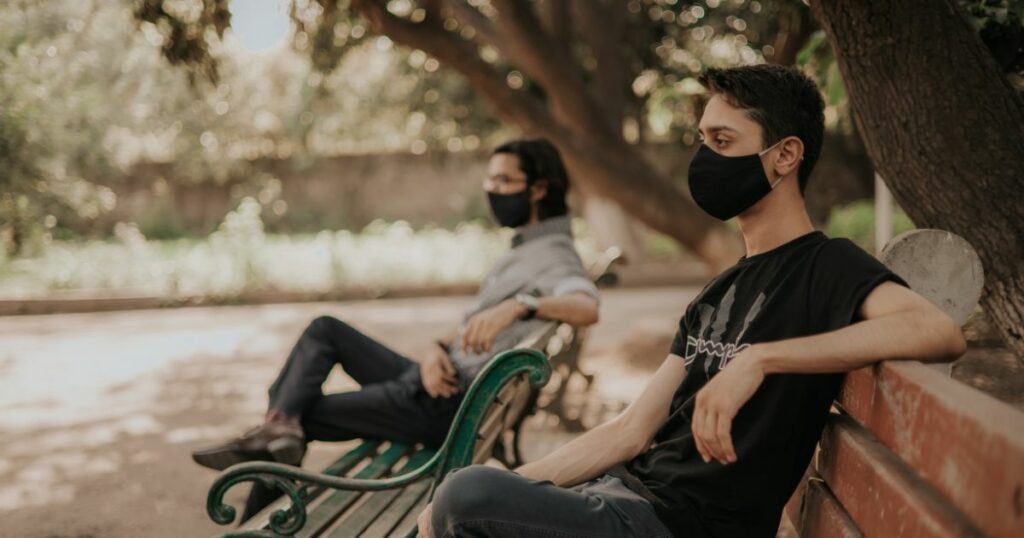
By Kathryn Stroppel and Marie Harvey
The COVID-19 pandemic shined a bright light on public health, which prides itself on working behind the scenes. When it’s working, you don’t know it.
Diseases such as polio and tuberculosis became a thing of the past due to vaccinations. And clean water and air don’t make for tantalizing headlines. But when things go wrong, public health finds itself in an unfamiliar — and sometimes unflattering — spotlight.
The field demonstrated its importance during the COVID-19 pandemic, through both its successes and shortcomings.
Marie Harvey, associate dean for research in the College of Public Health and Human Sciences, shares her thoughts on what needs to change to strengthen public health responses in the future.
Lesson one: Prioritize community-based and prevention-oriented strategies and research, especially for disadvantaged communities and people of color
First, the COVID-19 pandemic and social justice inequities have focused our attention on health inequities.
We learned and saw firsthand that the disproportionate impact of COVID-19 on populations of color and low-resource communities was in part due to structural and systemic factors leading to the higher incidence and poorer medical management of comorbidities.
Inequities in vaccine uptake were compounded by decades of eroding trust between the medical community and underserved communities.
We are, therefore, at a critical turning point for investment in research that can substantively improve the health and well-being of our population.
The public’s interest in and knowledge of public health has never been higher. The time is ripe to prioritize community-based and prevention-oriented strategies and research and focus on disadvantaged communities and people of color.
This mandate includes:
- Integrating communities and community leaders to work side-by-side with researchers to solve local problems.
- Developing and implementing methods that are respectful, culturally sensitive and ethically appropriate for conducting research with marginalized populations.
- Investing in pipelines to expand representation of diverse populations in public health research, including pipeline programs for students at all levels to promote career opportunities in public health and training individuals from disadvantaged communities to implement research studies.
- Advancing dissemination and implementation science to develop, evaluate and disseminate evidence-informed interventions to stakeholders.
We are poised to seize the opportunity to engage in the scientific study of methods and strategies that facilitate the uptake of research and evidence-based practices into regular use by practitioners, policymakers and other stakeholders.
Lesson two: Increase funding for public health infrastructure
The second lesson learned was the stark realization that decades of underinvestment in public health left the United States with few resources to mobilize an emergency workforce response.
We have learned the importance of our federal, state, local and tribal public health agencies to lead proactive responses to future public health emergencies.
We critically need to increase funding for public health infrastructure and for state health departments to provide the “boots on the ground” response.
Equally important are investments in academic public health to train a more diverse, educated and sophisticated workforce to shore up public health in the future.